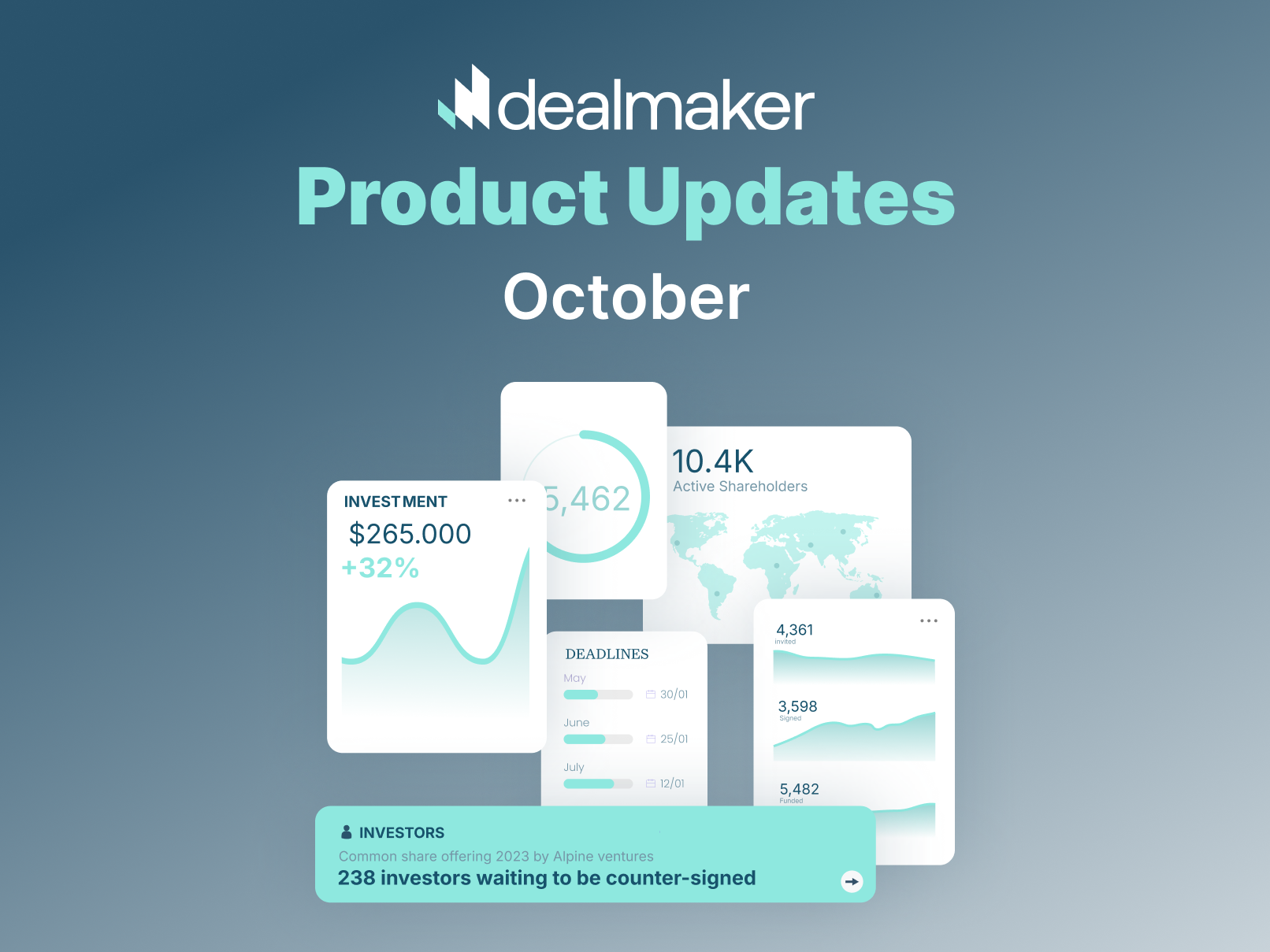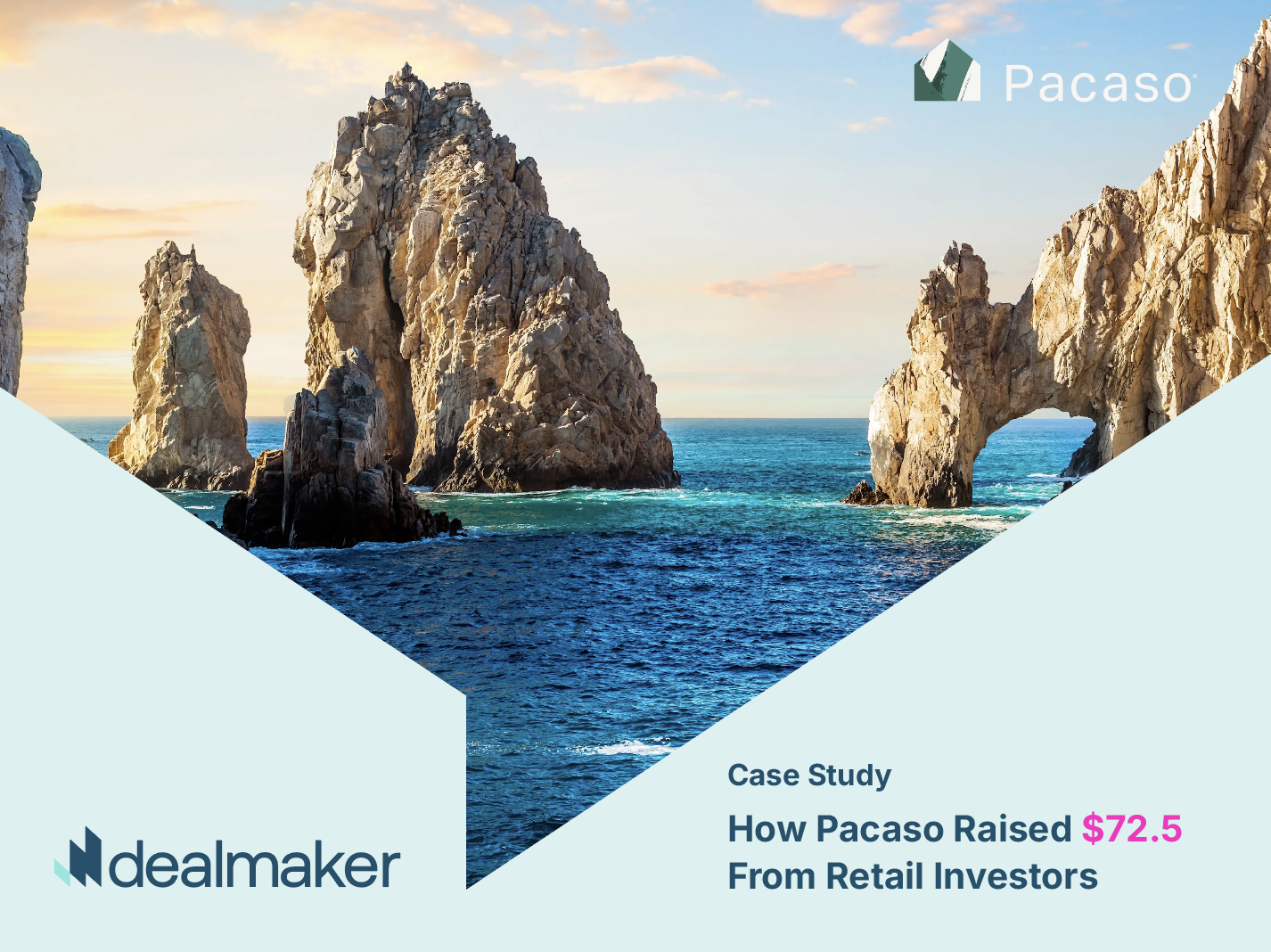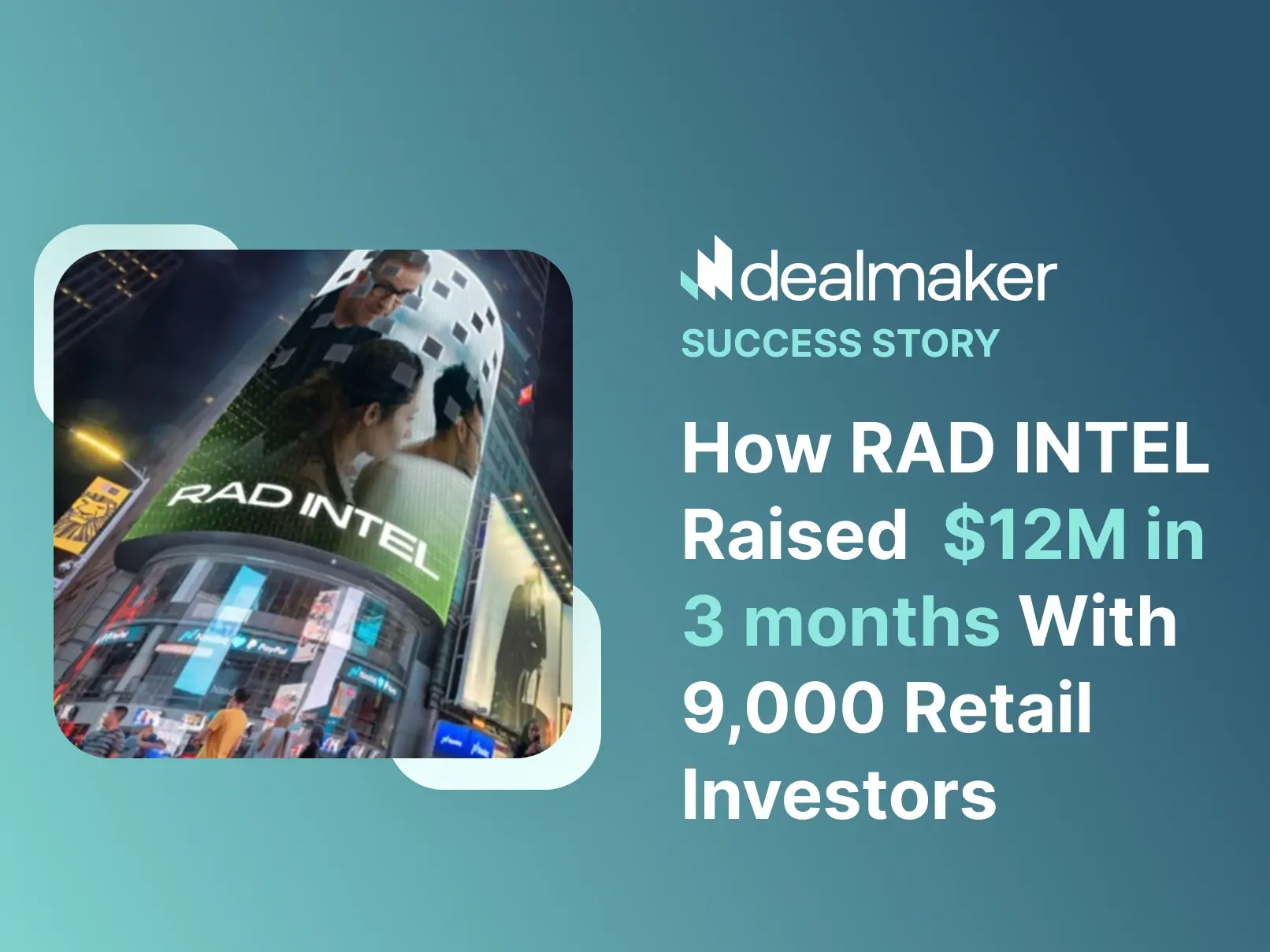Raise Capital
July 22, 2025
Understanding AI Startup Valuations: Trends and Insights for Founders
Navigating the AI Startup Valuations Maze
If you're trying to value your AI startup, you're facing one of the most complex challenges in today's market.
Getting your company's valuation right is critical because it affects everything from fundraising success to employee equity to acquisition outcomes. The stakes couldn't be higher, and traditional approaches simply don't work for AI companies.
Here's the challenge: traditional valuation models weren't built for AI companies. The frameworks that work for predictable SaaS revenue and physical assets completely break down when you're dealing with foundation models, proprietary datasets, and massive compute costs.
These old models assume linear growth, tangible assets, and predictable cash flows, none of which apply to the AI landscape.
You're experiencing what we call the AI valuation paradox, where companies with minimal revenue command astronomical valuations based purely on future potential. This isn't market irrationality; it's a fundamental shift in how sophisticated investors evaluate technology companies.
The good news? The market is developing new approaches. This guide will show you exactly how to value an AI startup using methods that reflect your company's true worth.
Why Traditional Valuation Models Break for AI Startups
The Intangible Asset Problem: Valuing Models and Data
Traditional valuation methods like discounted cash flow (DCF), EBITDA multiples, and book value assume businesses have predictable revenue and tangible assets.
Your AI startup operates on completely different fundamentals. While established companies can point to factories, inventory, or recurring revenue streams, your most valuable assets are invisible on a balance sheet: proprietary datasets, model architecture, proprietary technology, and your core technical team.
These intangible assets drive your company's potential but resist traditional measurement.
When evaluating early-stage AI companies, investors focus on three key categories:
- Data moat: Is your data unique, proprietary, and legally owned?
- Model defensibility: Can your technology consistently outperform or adapt faster than competitors?
- Technical team: Do you have the talent needed to scale and maintain your edge?
The Forbes Finance Council calls this disconnect the AI valuation paradox, where startups with minimal revenue receive valuations of tens or hundreds of millions based on future potential alone. This paradox reflects a new reality: investors are betting on technological breakthroughs and market dominance rather than current cash flows.
Investors are adapting their evaluation process to include:
- Quality and exclusivity of training data
- Benchmark performance of your core model
- Cost and scalability of inference
- Early adoption proof in high-value verticals
- Talent density in critical technical roles
While these new indicators aren't standardized yet, they provide a more realistic framework for understanding what makes AI companies valuable today.
The Burn Rate vs. Future Potential Disconnect
Even with strong technical fundamentals, including exclusive data, scalable models, and a world-class team, your AI startup presents another valuation challenge: the massive gap between current burn and future promise.

Generative AI companies face uniquely high operating costs. The infrastructure alone can burn millions monthly, creating a financial profile that would terrify traditional investors but represents a necessary investment in AI.
As Analyst's Corner details, this creates a sharp mismatch:
- Monthly burn rates often hit millions
- Recurring revenue remains minimal or unpredictable
- Valuations continue climbing based on strategic potential
Traditional frameworks see this as a massive red flag. But in AI, these costs are often prerequisites for building long-term defensibility.
Companies need significant upfront investment in compute resources, data acquisition, and specialized talent to build models that can compete at scale.
The key question: will your early-stage burn translate into competitive advantage, or will you run out of capital before reaching sustainability?
Market Comparables: Why AI Multiples Differ
Traditional valuation relies heavily on market comparables, benchmarking against similar companies with comparable business models and growth profiles.
For AI companies, this approach hits a wall. The ecosystem is too diverse for simple comparisons, with fundamentally different business models operating under the same "AI" umbrella.
- Business Model Variety: Infrastructure providers, model developers, SaaS applications, and vertical AI solutions all have different economics
- Revenue Recognition and Timing: Usage-based APIs, subscriptions, and licensing create irregular revenue patterns
- Growth Expectations: AI multiples often reflect exponential growth assumptions rather than current performance
- Capital Intensity and Margins: Companies with high infrastructure costs trade at different multiples than efficient SaaS models
This forces you to take a more nuanced approach, looking beyond surface metrics to find companies with truly comparable value drivers.
Simple revenue multiples or user counts won't capture the full picture when comparing an infrastructure provider to a vertical SaaS application, even though both might be "AI companies."
The Role of Technical Milestones in Valuation
Unlike traditional startups that build value through customer acquisition, AI startups often see valuation jumps based on technical milestones.
These achievements signal reduced technical risk and increased likelihood of market success, making them critical valuation drivers that traditional models completely miss.
These milestones might include:
- Successfully training a foundational model at scale
- Achieving breakthrough performance on benchmark datasets
- Reaching reliable, low-latency inference on commercial infrastructure
- Securing exclusive or high-quality datasets
- Landing partnerships with cloud or hardware providers
- Developing next-gen AI capabilities that differentiate from competitors

Early technical decisions directly influence startup trajectories and investor confidence. Companies that hit these milestones demonstrate tangible capability and reduce risk for investors.
Traditional models miss these technical indicators entirely, focusing instead on lagging financial metrics.
For your AI startup, technical milestones are leading indicators of future value.
RadIntel's journey exemplifies this, growing 17x from $5M to $85M valuation in just 4 years by hitting key technical milestones rather than traditional revenue targets.
The Five Valuation Methods for AI Companies
The AI sector has matured enough that clear valuation patterns are emerging.
These methods reflect how investors actually price AI companies today, moving beyond traditional metrics to capture the unique value drivers of artificial intelligence businesses.
Revenue Multiples: ARR for Scalable AI Products
According to Flippa, AI startups with subscription-based business models command 10x–30x revenue multiples, significantly higher than traditional SaaS.
These elevated multiples reflect both the strategic importance of AI technology and the winner-take-all dynamics emerging in key verticals.
Investors look for:
- Strong ARR growth and consistent revenue expansion
- Subscription or usage-based pricing models
- AI-native infrastructure that improves over time
User-Based Valuation: Product Usage and Retention Metrics
For pre-revenue AI startups, user engagement becomes the primary valuation driver.
Investors evaluate how users interact with your product and whether usage improves over time.
This approach recognizes that in AI, user behavior often predicts future monetization better than early revenue attempts.
According to Pilot, key indicators include:
- Daily and monthly active users (DAU/MAU)
- Retention rates at 30, 60, and 90 days
- Usage frequency within key workflows
- Cohort-level improvement across iterations
What matters most isn't hitting a specific benchmark but demonstrating consistent improvement in retention over time.
These patterns provide the clearest early signal of product-market fit and justify valuations even without immediate revenue.
Technology Asset Valuation: Acquiring an R&D Advantage
Sometimes your most valuable asset isn't users or revenue but your underlying technical infrastructure.
This includes proprietary algorithms, pre-trained models, unique datasets, and years of accumulated R&D that competitors can't easily replicate.
Rad Intel's 2021 acquisition of Atomic Reach exemplifies this approach. Rather than building from scratch, Rad Intel acquired:
- 12 years of R&D in AI content optimization
- Behaviorally tuned natural language models
- Proprietary datasets that would take years to replicate
This acquisition gave RadIntel exactly what VCs prioritize:
- Differentiated models outperforming off-the-shelf alternatives
- High-quality, proprietary data that compounds in value
- Accelerated go-to-market through pre-built infrastructure
Whether built or acquired, demonstrating ownership of defensible technology meaningfully increases valuation. In AI, asset strength can be as important as market strategy.

Team Premium: The Market Value of PhD Talent
Your team isn't just an expense; it's a core valuation driver. AI companies depend on frontier innovation, which requires exceptional technical depth.
The market has recognized this by placing explicit premiums on companies with world-class technical teams.
AINvest reports AI companies offering 200% to 500% salary increases to recruit PhD researchers, reflecting how central top talent has become.
This "academic brain drain" directly translates to company valuations.
This translates to a measurable team premium based on:
- PhD density in AI, ML, and NLP
- Publication impact at conferences like NeurIPS, ICML, or CVPR
- Open-source contributions with demonstrated traction
- Prior experience at DeepMind, OpenAI, FAIR, or Anthropic
The right team builds faster, attracts capital more easily, and creates products with higher technical defensibility.
High-caliber researchers can justify premium valuations and accelerate fundraising timelines.
Market Opportunity Sizing
Beyond team and technology, investors evaluate the total addressable market.
RadIntel's $85M valuation partly reflects its pursuit of the $633B MarTech market, demonstrating how market size can justify ambitious valuations even at early stages.
When presenting your valuation case, clearly articulate not just your current market but the expanding opportunity as AI transforms traditional industries.
Stage-Specific Valuation Benchmarks
Traditional startup valuation follows predictable patterns:
- Pre-seed: $5–15M post-money valuations
- Seed: $15–30M with MVP and early traction
But AI startups are rewriting this playbook. Many now skip traditional seed rounds entirely, raising Series A-sized rounds from day one.
This shift reflects the fundamental reality that AI development requires significant upfront capital that traditional seed rounds simply can't provide.
Why? Because AI development requires:
- High-end GPUs or cloud compute contracts
- Access to proprietary datasets
- Top-tier engineering talent
- Extended R&D before product launch
Result: AI startups routinely raise $8–15M at $50–100M+ valuations in their first institutional round. This new normal reflects both the capital intensity of AI development and investor urgency to back promising teams before valuations climb further.
Why AI Startups Are Skipping Seed and Going Straight to Series A
Carta's 2024 AI fundraising report confirms this shift with hard data showing AI companies commanding significant premiums at every stage:
- Seed-stage AI companies: $17.9M median valuation, 42% premium over non-AI
- Series A rounds: $51.9M pre-money, with 20% larger round sizes
- Series B valuations: $143M median
- AI startups capture one-third of all Series C capital and nearly half of Series E+ investments
These numbers reflect investor conviction that AI winners will capture outsized returns.
Rather than constraining development with small seed rounds, founders are going straight for $8–15M Series A raises that properly fund technical development and talent acquisition.
This approach:
- De-risks product development with proper infrastructure funding
- Accelerates time to market in competitive verticals
- Signals technical readiness aligned with investor expectations
For teams with deep expertise and defensible IP strategies, skipping seed isn't just feasible; it's becoming standard.
RadIntel took an alternative path, reaching an $85M valuation with Fortune 1000 client validation rather than following traditional funding rounds.
This demonstrates how strong enterprise traction can justify premium valuations regardless of stage labels.
Negotiating Your AI Startup's Valuation
Building Your Valuation Case with Comparable Data
The comparables method remains your most reliable tool. Focus on finding startups with similar fundamentals rather than surface-level similarities.

The key is building a data-driven narrative that positions your company within market context while highlighting your unique advantages.
Focus on finding startups with similar:
- Industry and vertical alignment
- Revenue stage and business model
- Geographic market
- Traction metrics
Apply realistic multiples based on observable market data, then adjust for your unique advantages. Remember that comparables provide a starting point, not a ceiling, for your valuation discussions.
The Importance of Competitive Tension
Multiple interested investors create psychological anchoring that supports higher pricing. Competitive tension reduces investor uncertainty and reinforces market validation.
Run a focused process engaging multiple parties early to maximize leverage. The goal isn't to create false urgency but to ensure the market properly values what you're building.
RadIntel's Leverage: 6,000+ Investors Creating Market Validation
Rad Intel demonstrates the power of broad-based validation. Following its Atomic Reach acquisition, Rad Intel engaged 6,000+ individual investors through its public offering.
This approach goes beyond traditional venture funding to create massive social proof and market validation.
This massive participation:
- Signaled strong market demand
- Reduced perceived risk
- Built momentum for future rounds
Volume creates narrative control that translates into better pricing and terms. Even modest individual investments aggregate into powerful social proof.
This strategy shows how creative approaches to fundraising can strengthen your negotiation position beyond traditional VC dynamics.
When to Accept Lower Valuations for Better Terms
Higher valuations aren't always optimal. Consider lower starting valuations when the tradeoffs significantly benefit your long-term success.
The key is evaluating the complete package rather than optimizing for a single number.
Consider lower valuations when:
- Partnering with value-added investors offering critical resources
- Securing clean terms that preserve founder control
- Accelerating capital access for urgent needs
This tradeoff often makes sense in AI, where early capital funds are essential for R&D before monetization. The right partner at a fair valuation beats the wrong partner at an inflated price.
Protecting Against Down Rounds with Anti-Dilution
High valuations carry down-round risk. Anti-dilution clauses protect investors through price adjustments if future rounds value the company lower.
Understanding these provisions is critical for maintaining control through market cycles.
Two main types exist:
- Full Ratchet: Resets price to new round (highly dilutive)
- Weighted Average: Adjusts based on round size (more balanced)
Understand these provisions because they activate if future rounds' price is below current valuations and can significantly impact founder ownership.
Negotiate for weighted average provisions and understand the triggering conditions.
Tools and Frameworks for AI Valuation
Creating Your Valuation Model
Build custom valuation frameworks as Collateral Base outlines. Start with a baseline that reflects your unique position rather than forcing your company into generic templates.
Your model should:
- Start with baseline valuation using IP, team, and comparables
- Adjust upward for proprietary data and differentiation
- Discount for early-stage risks
Develop scenario-based models that flex with real-time inputs rather than relying on generic formulas.
The goal is to create a living document that evolves with your company and market conditions.
Key Metrics Tracking: RadIntel's Client ROI
Metrics tied to customer value strengthen your case. RadIntel demonstrated 3-4x ROI for enterprise clients, directly linking AI value to business outcomes. This type of metric transcends typical SaaS metrics by showing transformative business impact.
Track value creation through:
- Customer ROI
- Cost savings per deployment
- Time saved on key tasks
- Revenue lift from AI implementation
- Churn reduction metrics
These performance indicators quantify both immediate value and long-term defensibility. They also provide concrete talking points for investor discussions and help justify premium valuations.
Scenario Planning for AI-Specific Growth Paths
Scenario planning helps model growth under uncertainty. Build multiple forecasts considering the unique variables that affect AI companies, from technical breakthroughs to regulatory changes.
Key scenarios should include:
- Infrastructure scaling costs
- Regulatory developments
- Talent availability
- Technical milestone timing
- New revenue stream potential
Show investors you understand the variables affecting your path to scale. This demonstrates maturity and reduces perceived risk, supporting higher valuations.
Working with Valuation Experts and Advisors

The right advisors translate technical progress into financial terms. In AI, generic startup advisors often lack the context to properly value technical achievements or understand the strategic importance of certain milestones.
Look for advisors with:
- Technical advisors who understand model performance implications
- Operators with AI deployment experience
- Financial advisors specializing in AI deals
Expert guidance helps position your valuation narrative effectively, especially with generalist investors who need context for your technical achievements.
They can also provide crucial introductions and validate your assumptions with real market data.
Using DealMaker For Insights into Investor Interest
Market Testing Through Broad Investor Access
Supporting Regulation A and CF offerings, DealMaker enables testing with both accredited and non-accredited investors.
This broad access provides unique insights into how different investor segments value your technology and business model.
EnergyX used this approach to gauge public valuation sentiment, ultimately raising $75 million from 40,000 investors.
This validation strengthened institutional negotiations by demonstrating massive market demand beyond traditional VC circles.
Real-Time Feedback for Strategic Adjustments
DealMaker's analytics provide live insights into investor behavior and conversion rates.
This data enables dynamic strategy adjustments based on actual market response rather than assumptions.
Miso Robotics leveraged these tools to monitor capital flows and adjust messaging dynamically, creating more responsive valuation strategies.
This real-time feedback loop helps founders understand which value propositions resonate most strongly with investors.
Conclusion: From Paradox to Playbook: Mastering Your Valuation Strategy
Valuing your AI startup requires more than traditional metrics. It demands a comprehensive approach that captures technical assets, team strength, and future potential while acknowledging the unique economics of AI development.
Success means building a defensible case through:
- Custom valuation models reflecting AI economics
- Strategic use of comparable data
- Competitive tension in fundraising
- Balance between valuation and terms
Remember: the headline number is only part of the story. Structure, terms, and strategic alignment matter just as much for long-term success.
The AI valuation paradox isn't going away, but understanding these new frameworks transforms it from a challenge into an opportunity.
Master these frameworks, and you'll transform the AI valuation paradox into your competitive advantage, building not just a highly valued company but a transformative one that captures the full potential of artificial intelligence to reshape industries and create lasting value.
Disclaimer: This article is provided for informational purposes only and does not constitute legal, financial, or investment advice. The valuation methods and strategies discussed are general in nature and may not be suitable for your specific situation. Every company's circumstances are unique, and valuation is a complex process that depends on numerous factors specific to your business, market conditions, and regulatory environment. Before making any decisions regarding your company's valuation, fundraising, or equity structure, you should consult with qualified legal counsel, financial advisors, and valuation professionals who can provide advice tailored to your specific circumstances. The examples and case studies mentioned are for illustrative purposes only and should not be interpreted as guarantees of similar results. Past performance of other companies does not guarantee future outcomes for your startup.

Your submission has been received. We will reach out to you via email to schedule a call.
Oops! Something went wrong while submitting the form.





.png)





.webp)
.webp)
.webp)
%20(1).webp)

.webp)